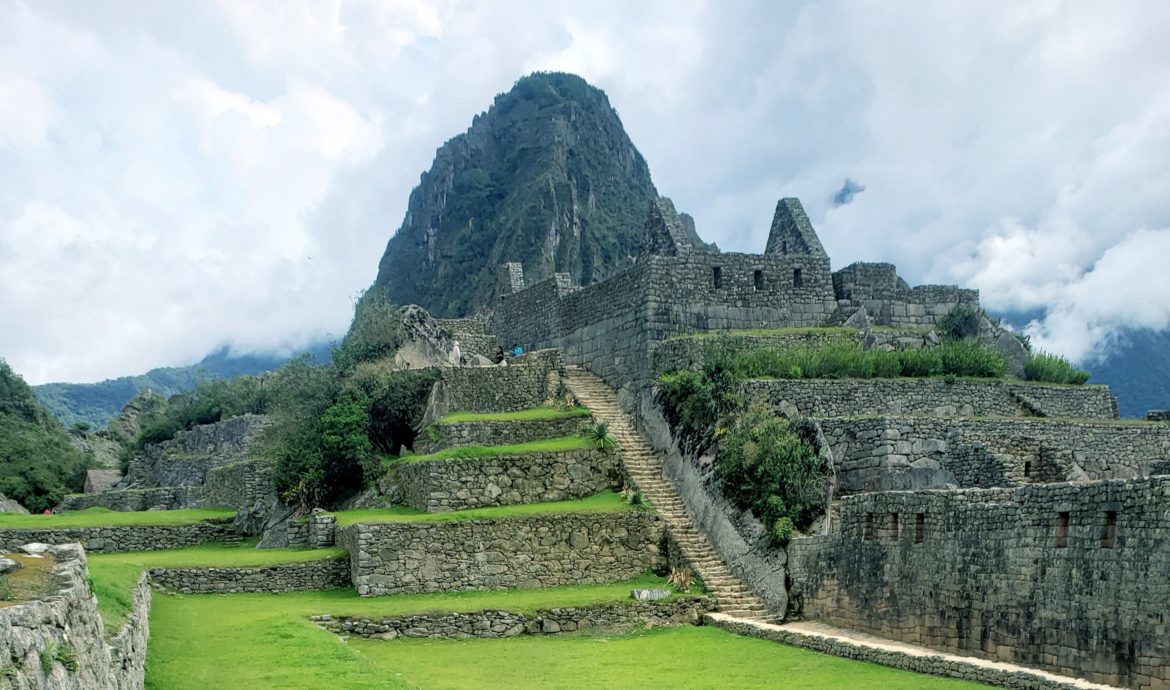
Doblando las reglas
PerúThe first time he visited, in 1911, the American explorer Hiram Bingham didn’t think too much of the Inca ruins on a cliffside above the Río Urubamba. He especially didn’t expect that this site would later become one of the most venerated tourist destinations on the continent. The scenery was beautiful, yes, but Bingham was focused on a mission of greater importance: finding the lost city of Vilcabamba, where Manco Inca, the last Inca king, had retreated to the jungle in 1536 to form the base for his guerilla war against Spanish settlers. After the Spanish eventually found Manco in 1544 and stifled the rebellion, Vilcabamba was left to rot for centuries.
Bingham was fixated on finding this lost city. But his careful review of historical accounts of Spanish conquests suggested that the ruins above the Urubamba didn’t have anything in common with Vilcabamba, geographically or structurally. So he took some beautiful photos that he might be able to sell to a magazine and moved on.
Like Bingham, I also didn’t think much of Machu Picchu the first time I visited. I was similarly distracted with a more important focus. Liz had flown down to see me for a week in Perú. Despite the intrigue of Machu Picchu’s jungle covered ruins, all I could think about that day was that a beautiful girl had flown halfway around the world to see me. We could have been walking through a landfill in Lima and I would have been just as happy.
By the second time Bingham visited Machu Picchu, he had changed his focus. The true location of Vilcabamba had disappointed him. After all, by the time Manco arrived in Vilcabamba, the Incas were no longer visionary architects — they were rebel guerilla warriors. Only a few piles of unattractive rocks and mud remained after destruction by the Spanish and a few hundred years of jungle overgrowth.
Machu Picchu, on the other hand, had been abandoned before the Spanish found it. While they plundered most other Inca sites for their treasures, the Spanish never found Machu Picchu on its obscure jungle ridgetop. Elsewhere in the Inca empire, the conquistadors tore apart edifices of paganism in the name of Christianity and in search of gold that may be hidden within, destroying the Inca constructions. In the centuries that followed, looters plundered and damaged the few Inca sites the conquistadors had left behind. Machu Picchu was thus unique for its preserved condition, if not for its historical significance.
By the time Bigham made his second visit, however, a new, nationalist Peruvian government had placed significant restrictions on his abilities to excavate and recover artifacts. For his part, Bingham believed that Perú’s government, overthrown every few years but always underfunded, was not capable of protecting the site in the long-term. Relying on this logic, he illegally exported hundreds of artifacts to the care of his sponsor, Yale University. He preferred to bend the rules, which he thought would ensure proper care of the historical treasures. Otherwise, someone else would loot them when the Peruvian government became disinterested or lacked the resources to prevent it, he argued.
But it would be foolish to say that Bingham was solely interested in preservation or scholarship. He thirsted for glory. Landing a feature story in National Geographic, he declared Machu Picchu the “Lost City of the Incas,” and claimed, contrary to all evidence, that the city perched on a ridgetop was, in fact, Vilcabamba. His insistence on overstating the significance of his discoveries, along with the theft of artifacts from Perú, would ultimately taint his legacy.
By the time I made my second visit to Machu Picchu, I had learned much more about the history of the Incas, the Spanish conquest, and Bingham’s exploits. I had visited numerous other Inca and pre-Inca ruins, learning how the different sites related to one another. I had traveled along Inca roads through the breadth of the kingdom’s northern quarter, though at a much slower pace than the Chasqui, Inca messengers who ran across the entire kingdom in mere days. I had ridden through the “Antisuyu,” the eastern jungle quarter of the Inca kingdom, near where Manco had retreated at Vilcabamba. My route through the Antisuyu led me up the Río Urubamba as it changed from a steamy, wide python in the rainforest, to narrow rapids in deep mountain chasms. I figured Machu Picchu was worth a second look, now that I could see the Lost City of the Incas in the context of all I had learned.
But just like Bingham, my motivations for returning to Machu Picchu weren’t entirely scholarly either. I wanted to hike Huayna Picchu, the universally recognizable peak that serves as the backdrop in nearly all photos of the ruins. Unfortunately, the trail up the mountain is strictly regulated. Only 400 hikers per day are allowed in, and those permits sell out months in advance. So I knew it would be a long shot, but I thought that maybe I could slip some money under the table to someone to make it happen.
When I entered the gates to Machu Picchu, I ignored the guides selling their services and the thick queue of tourists that led up steep stairs to the photogenic overlook, the way a tour guide had led Liz and me previously. I entered through the exit and wandered against the flow of traffic through the ruins, aiming towards the towering crag of Huayna Picchu.
At the gates to the trail, a ranger kiosk stood between me and the mountain. A woman sat at the entry booth, looking somewhat bored. I read the information on a sign — entry was permitted for ticket holders in two waves, at 8AM or 10AM. Fortuitously, I had arrived at 9:50AM. Hikers gathered near the entrance.
I had set aside 150 soles ($45) that I thought I might hand to the ranger if they asked to see my ticket. That was the cost of entry to the hike, so in my mind, it would justify my transgression. But as I fingered the bills in my pocket, people around me started to enter through the gate and check in with the ranger. My stomach churned. I certainly didn’t have the guts to bribe the ranger in front of a bunch of people.
I realized I was standing frozen and awkward in the entryway. The ranger was looking at me.
“¿Podría tomar un fotito?” I asked, motioning to an overlook right on the other side of the gate where I could snag a photo of the view. Surprisingly, she nodded, so I stepped through the gate to take a couple photos and recover from the anxiety of almost bribing a park official.
As I stood at the overlook taking photos, more people started arriving at the entryway, both checking in for the 10AM wave and returning from the earlier wave. Overwhelmed, the ranger turned back and forth, trying to help everyone at once. I looked down at the trail and up at the ranger’s booth. She wasn’t paying any attention. This was my chance. Lump in my throat, I started walking and didn’t look back. Around the corner, I started jogging as hikers gave me funny looks. I stopped after five minutes or so, panting from my sprint up the steep staircase. I looked back. No one was chasing me. I was in!
But, still plagued by paranoia, I changed from my turquoise tee shirt into long-sleeved, wool shirt. I had a funny traditional Andean festival mask in my backpack that I had bought as a joke, since today happened to be Halloween. I thought, Brilliant! No one will recognize me in this mask! And so I proceeded up the staircase to Huayna Picchu, sweating in the jungle heat through my wool sweater and a bright orange balaclava.
At the top, I found a couple more rangers, sitting on rocks and enjoying the view of the Urubamba far below, snaking its way between tall, green cliffs. Nervously, I asked if they could take a picture of me in the mask.
“Hoy es Halloween,” I explained. “Es un festivo americano con costumbres.”
“Tambien aquí,” they told me. “Pero solo por los niños.” They laughed and I sweated but no one appeared to be radioing about intruders, so we joked and chatted for a few more minutes before I scampered back down the stairs.
As I approached the exit gate, I readied my 150 soles again, in case she recognized me through my change in apparel. But, to my great fright, there were three rangers in the booth now! I couldn’t pay off all three. I gulped and approached them. One pointed to a notebook, at which I looked cluelessly.
“¿A qué hora ingresó?” They had to repeat the question since I was too nervous to respond the first time.
“Las diés.” He flipped the pages of the notebook to find entry inscriptions marked 10:00, and asked, “¿acá?”
I signed my name randomly next to someone else’s entry. “¡Gracias!” I strolled away for a few steps then took off jogging through the labyrinth of stone structures. I found a nice, sheltered Inca dwelling to privately change back into my tee shirt.
Am I a lawbreaker? I thought as I walked back down a long staircase through the cloud forest, from the ruins of Machu Picchu to the modern town that lies beneath them on the banks of the Río Urubamba.
I didn’t really break the law, I decided. I just bent the rules. I shouldn’t be discriminated against just because I can’t plan my visit months in advance, I thought. The law was in place to prevent thousands of people from trampling the trail each day, which would be unsustainable and unpleasant. The 401st person on the trail didn’t make it erode all at once. And the law effectively prevented thousands of people from sneaking in like me, because most wouldn’t tolerate the risk of getting caught. I just did what I needed to circumvent the ineffective bureaucracy surrounding the trail and accepted the risks in doing so. The regulations still accomplished what they intended — deterring overcrowding and sustaining the trail — and I did too. By the time I’d made it down to the town, surrounded by tourists and waiters hawking happy hour menus from the doorway of every restaurant, I convinced myself I was justified in sneaking up Huayna Picchu.
But then as I sipped a craft IPA and listened to a live band play “La Bamba,” among other tourists wearing Patagonia-branded vests, thick-treaded hiking shoes, and sporty backpacks, I thought again about the first American to visit this remote jungle canyon.
Hiram Bingham had thought all the same things as I had. He had justified smuggling artifacts back to Yale on the logic that his interests superseded the Peruivan law. His logic of intellectual superiority led to a decades-long legal battle that extended long after his death, between the Peruvian government and the American university. The suit was only settled in 2010 when Yale agreed to return certain items to the care of a museum in Cusco, under collaborative care.
I guess I’m no better than Bingham, I thought. Just another cocky American exceptionalist that thinks he knows better than a foreign government.
Except, I got away with it. Maybe Bingham should have worn a mask.
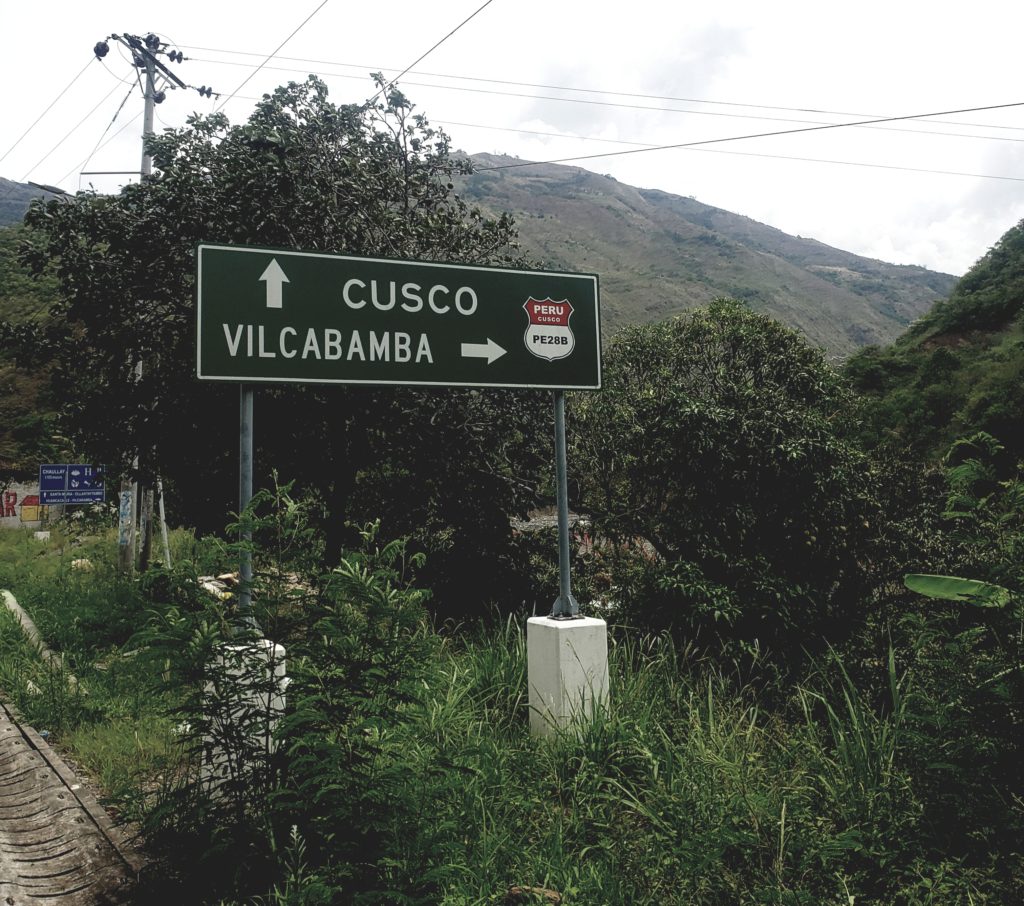

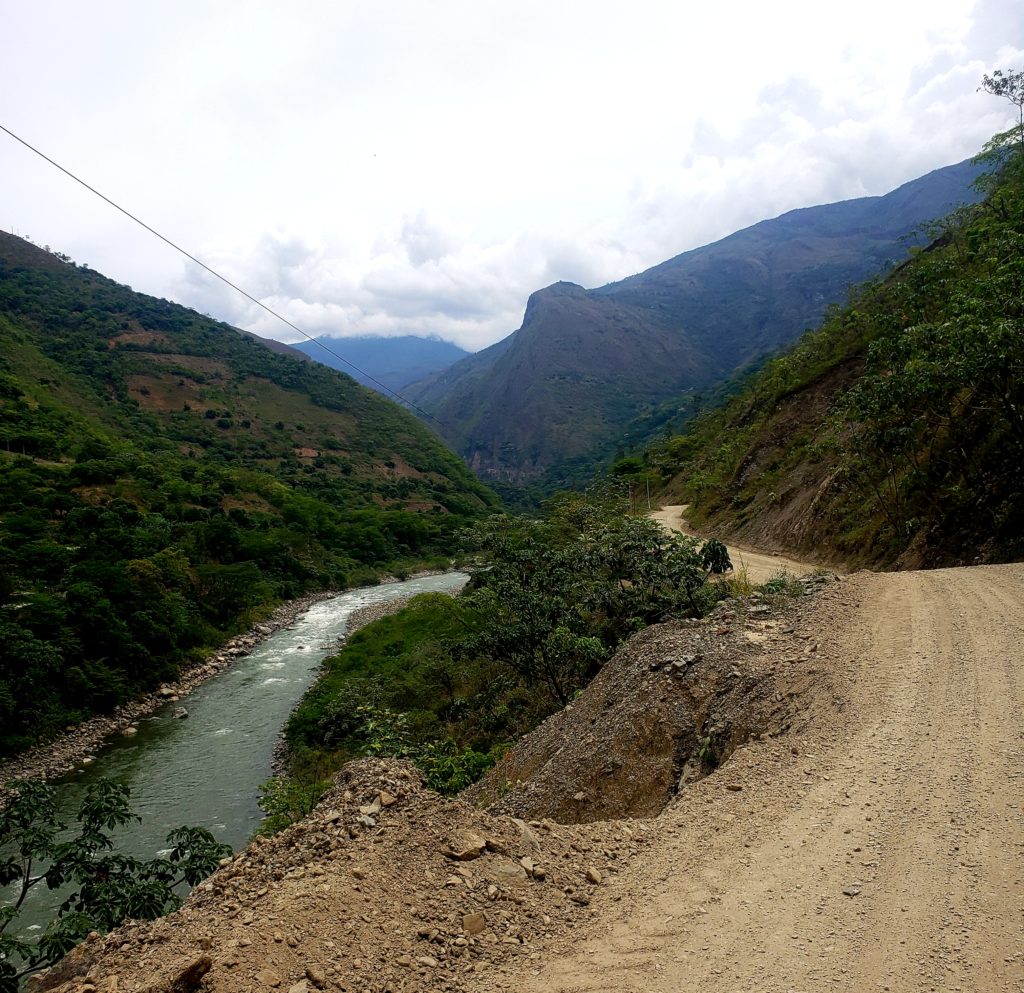
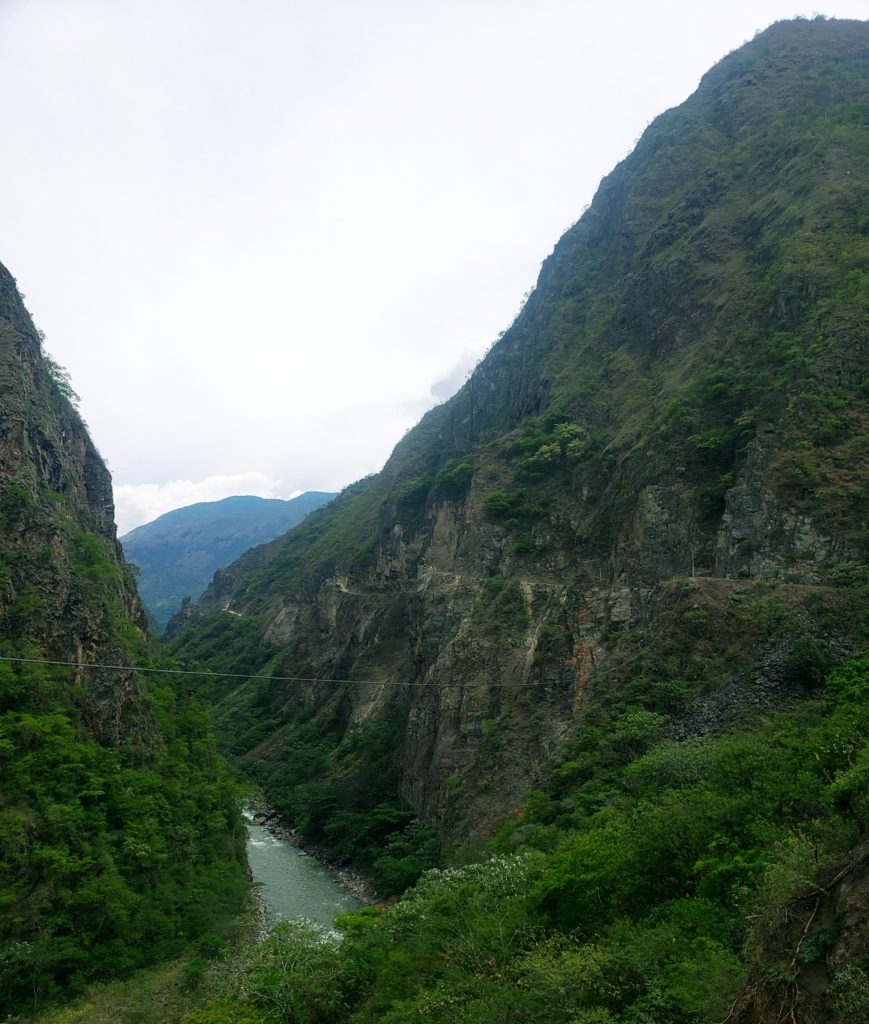


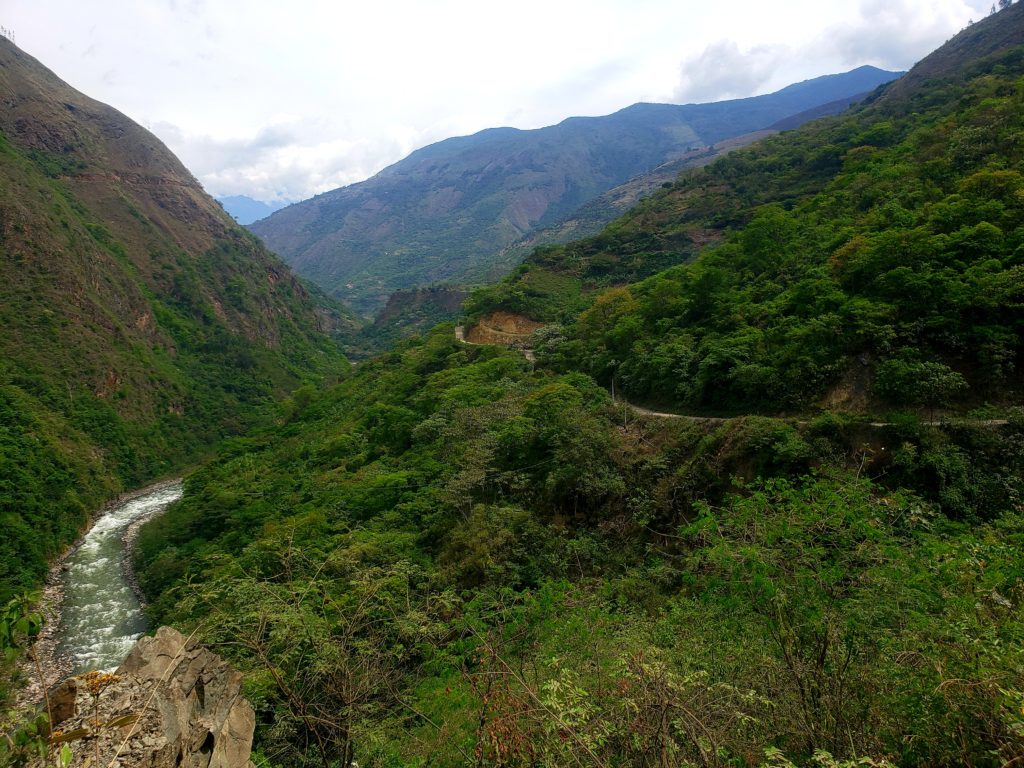
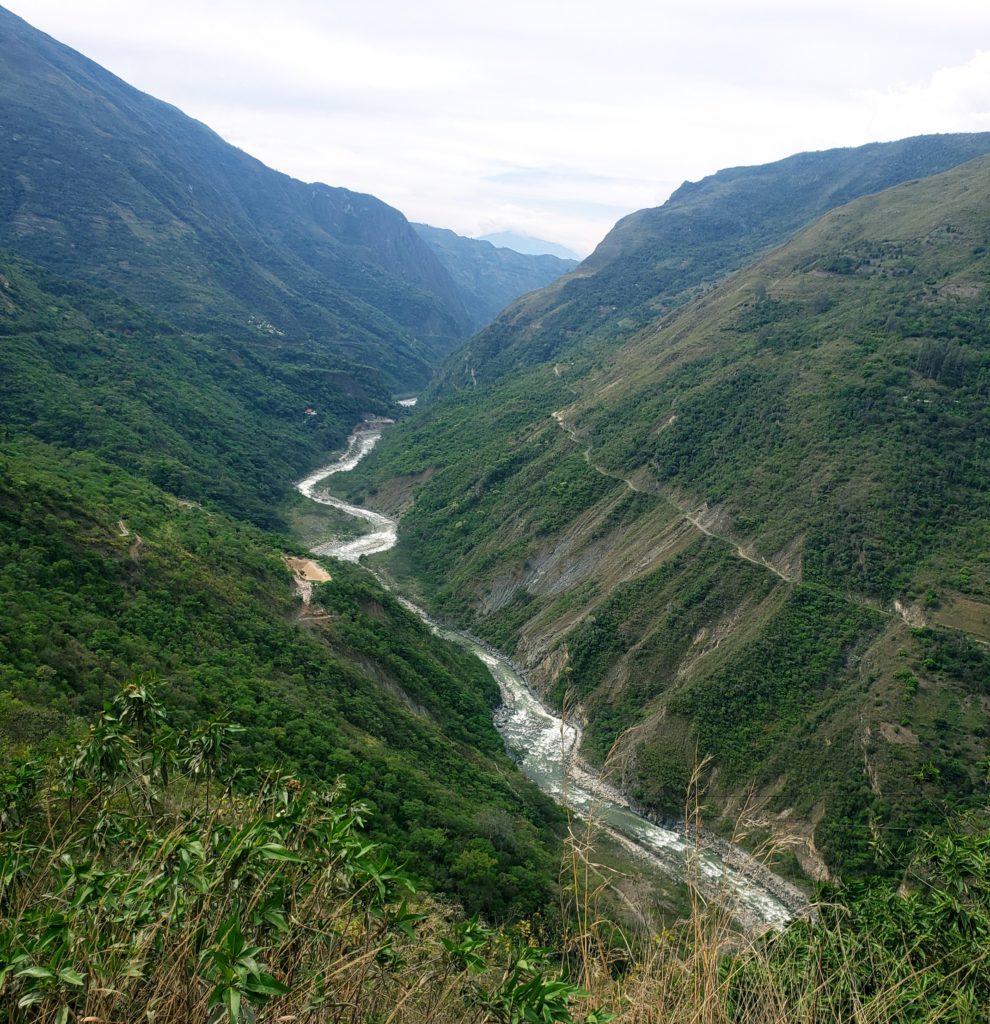

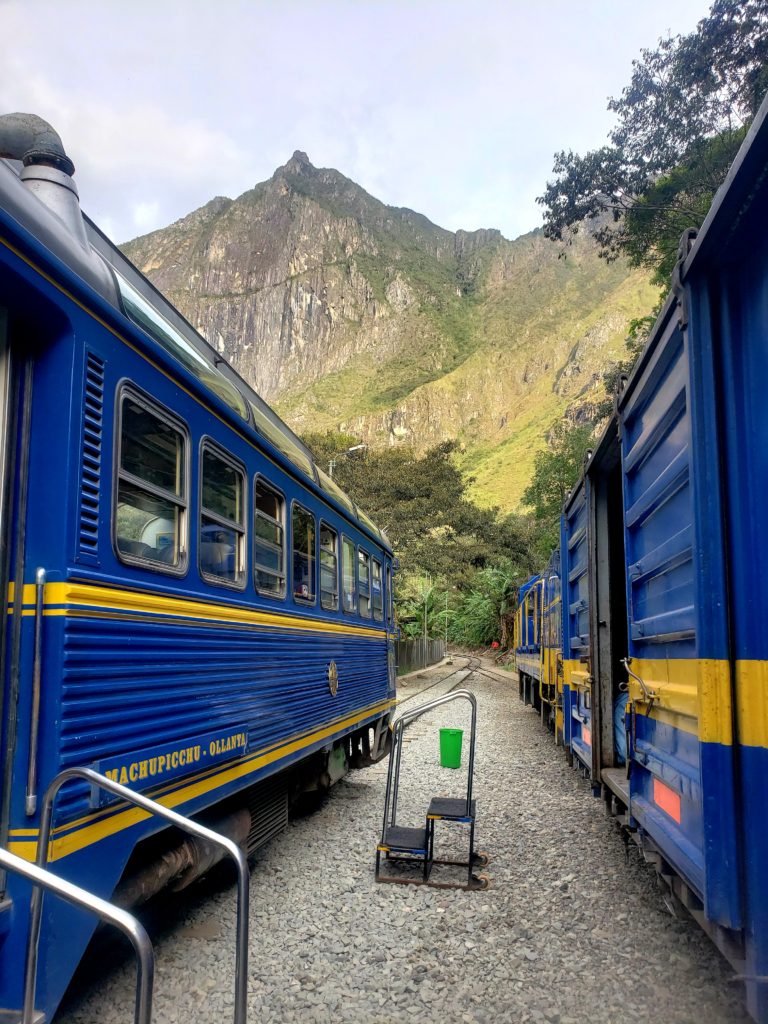
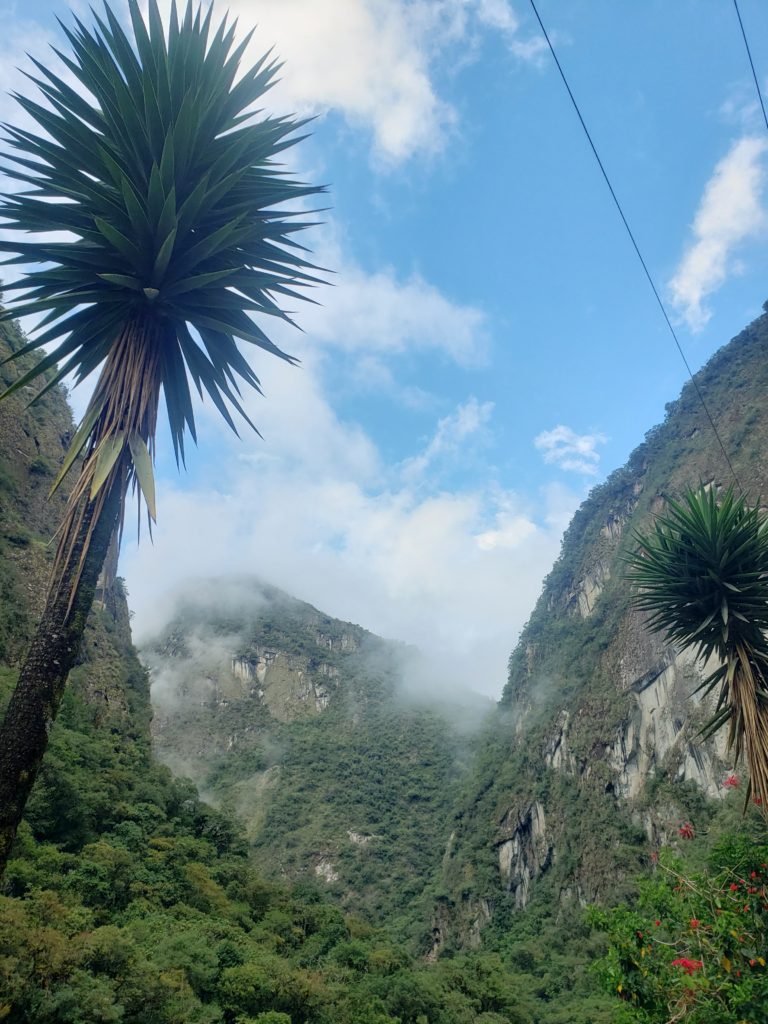
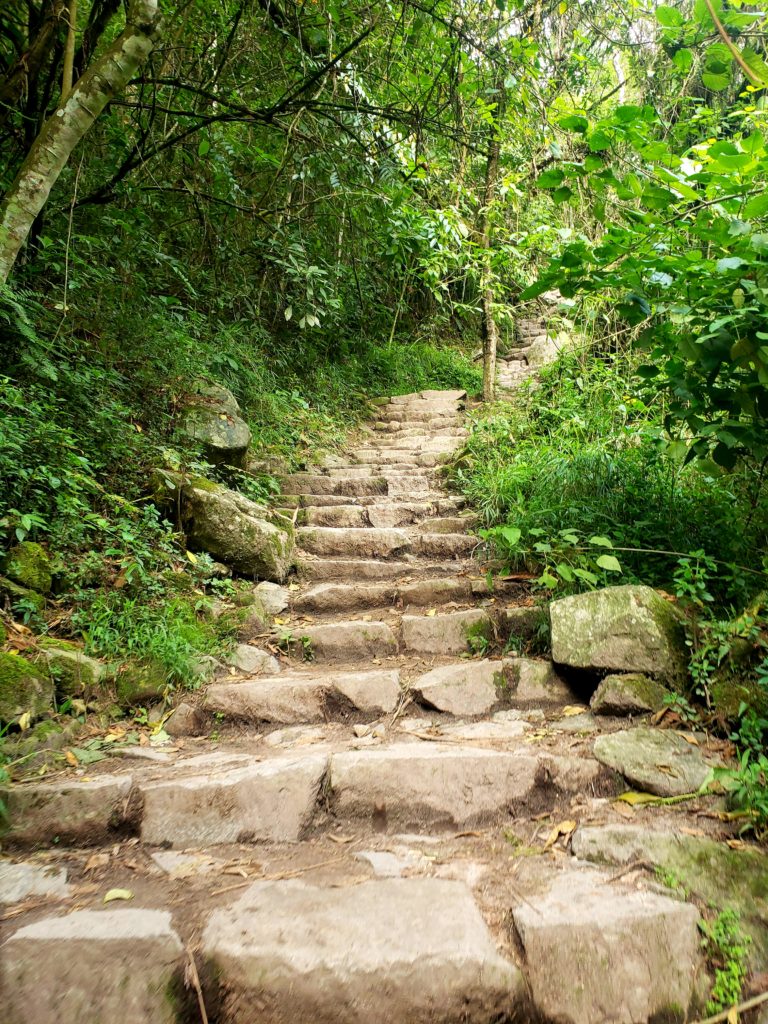
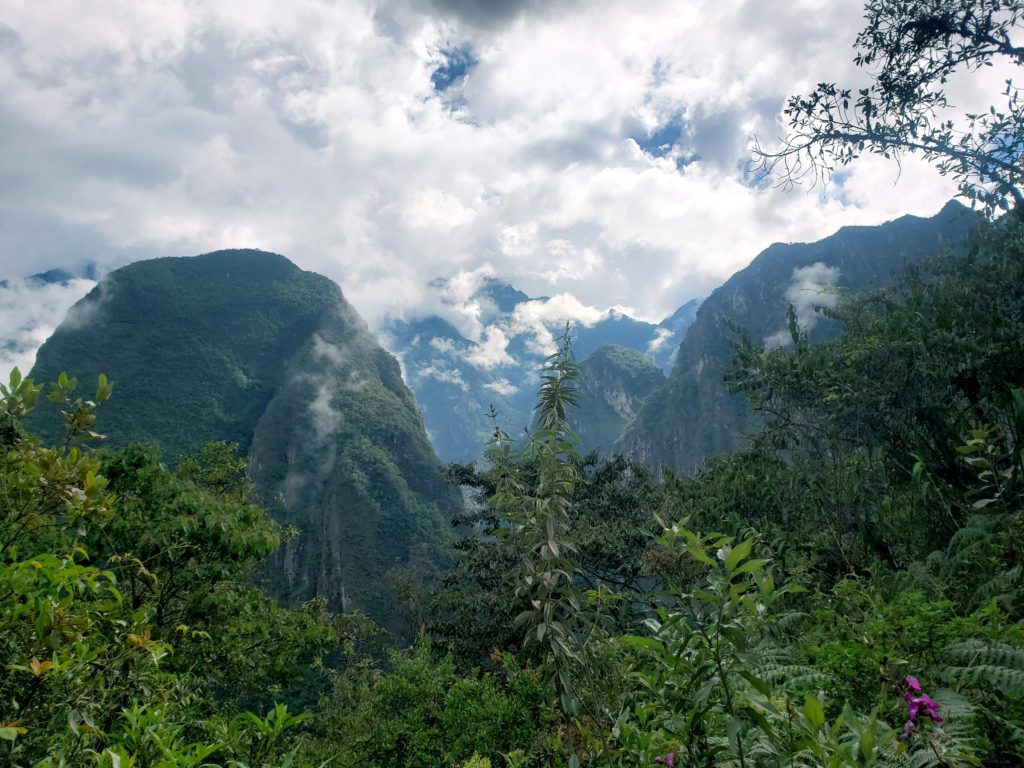
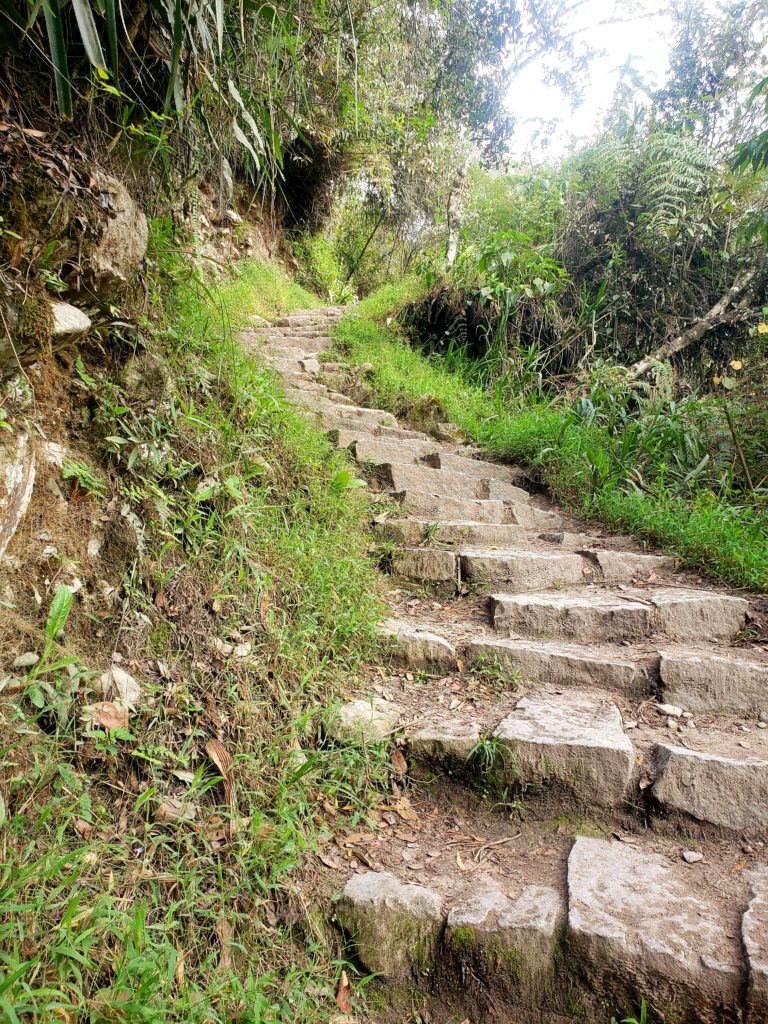

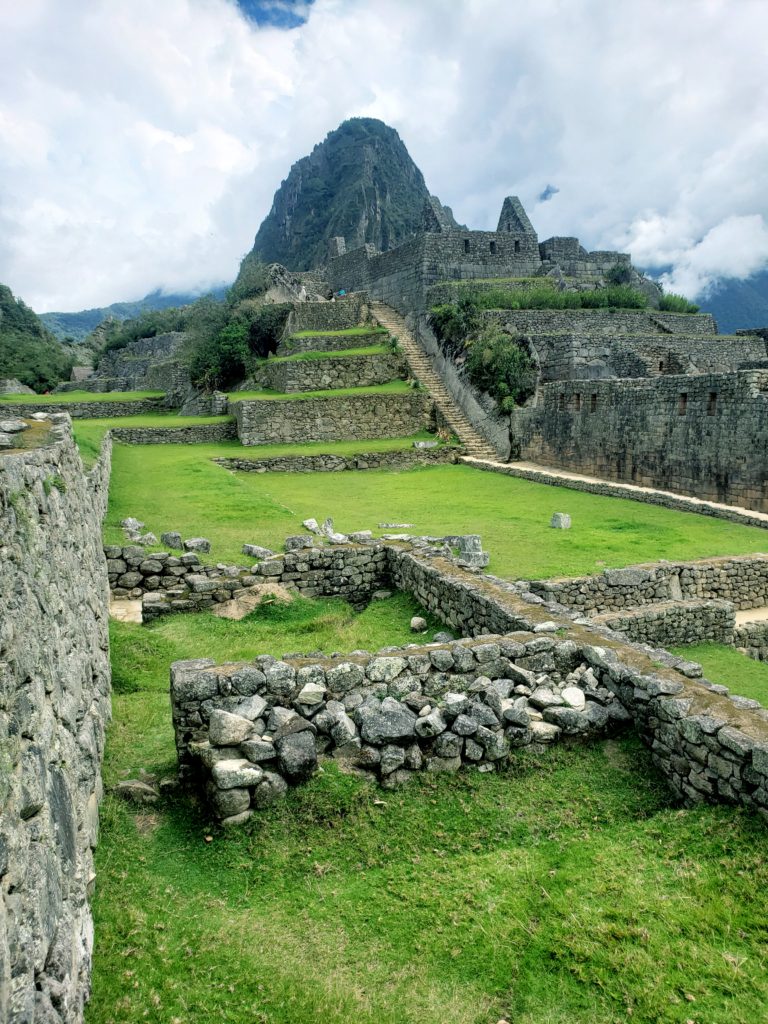
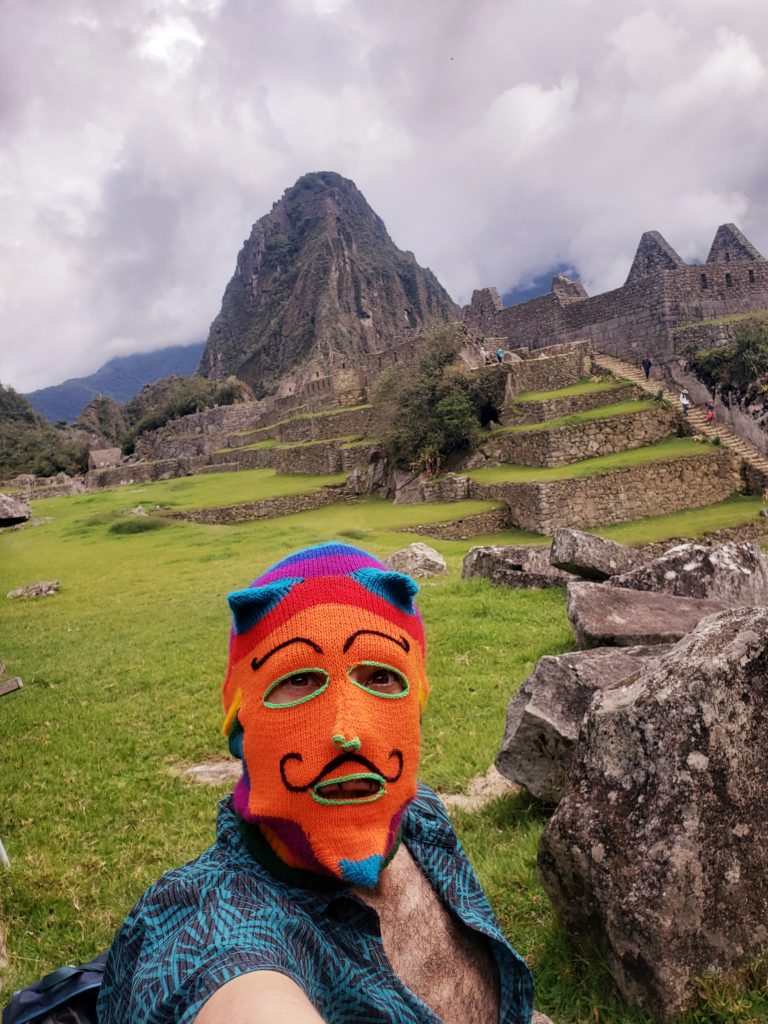
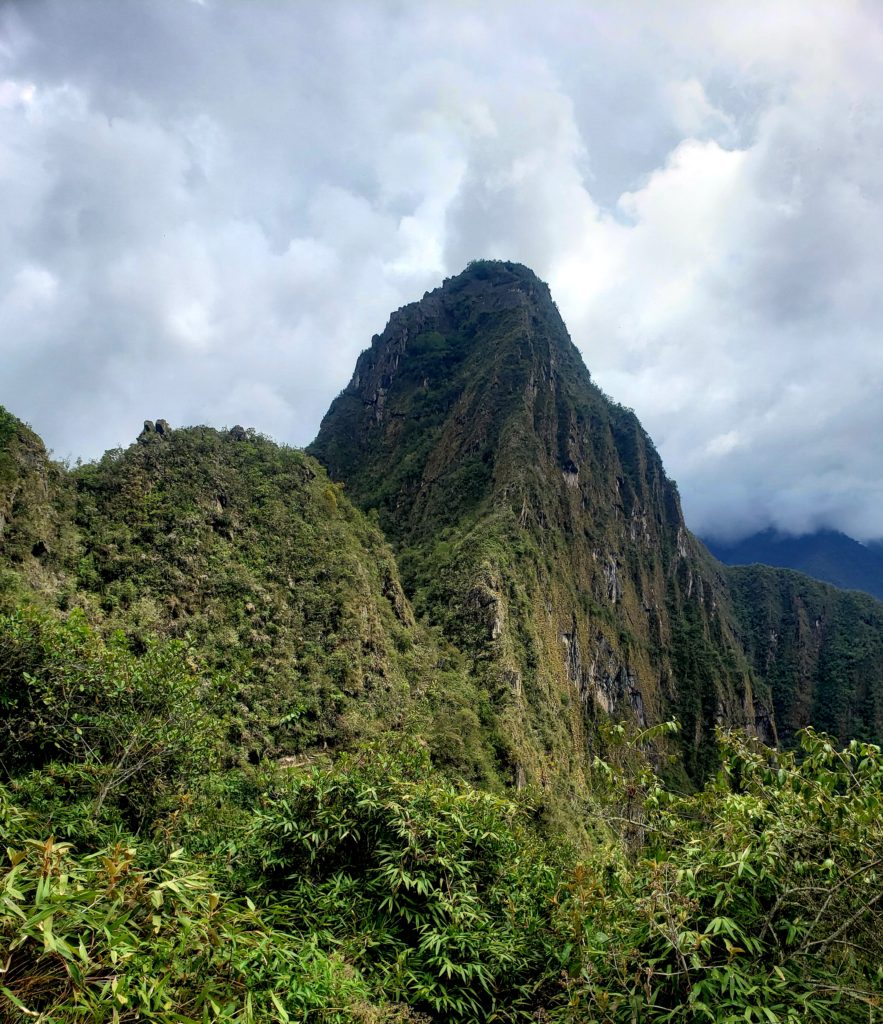
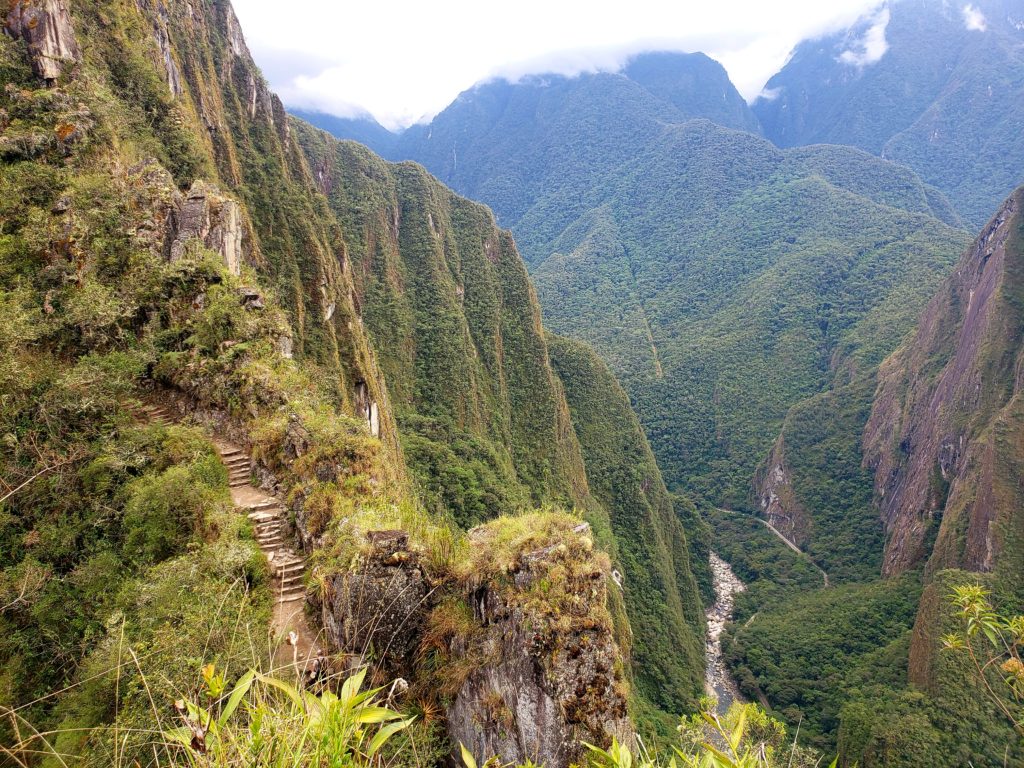
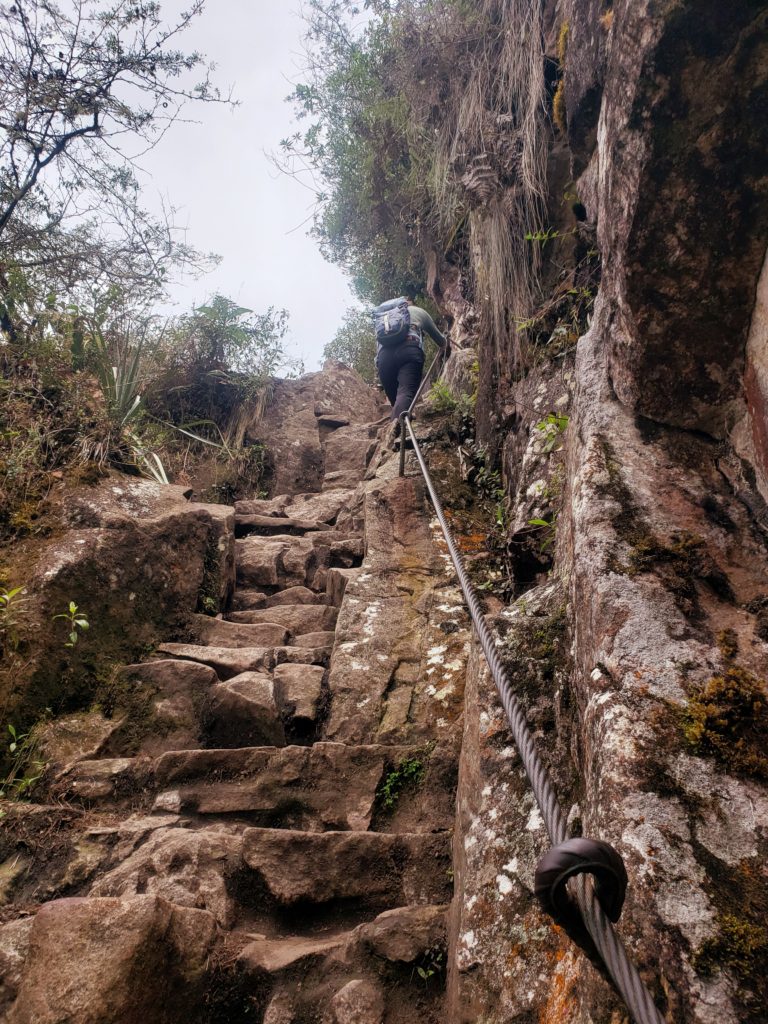
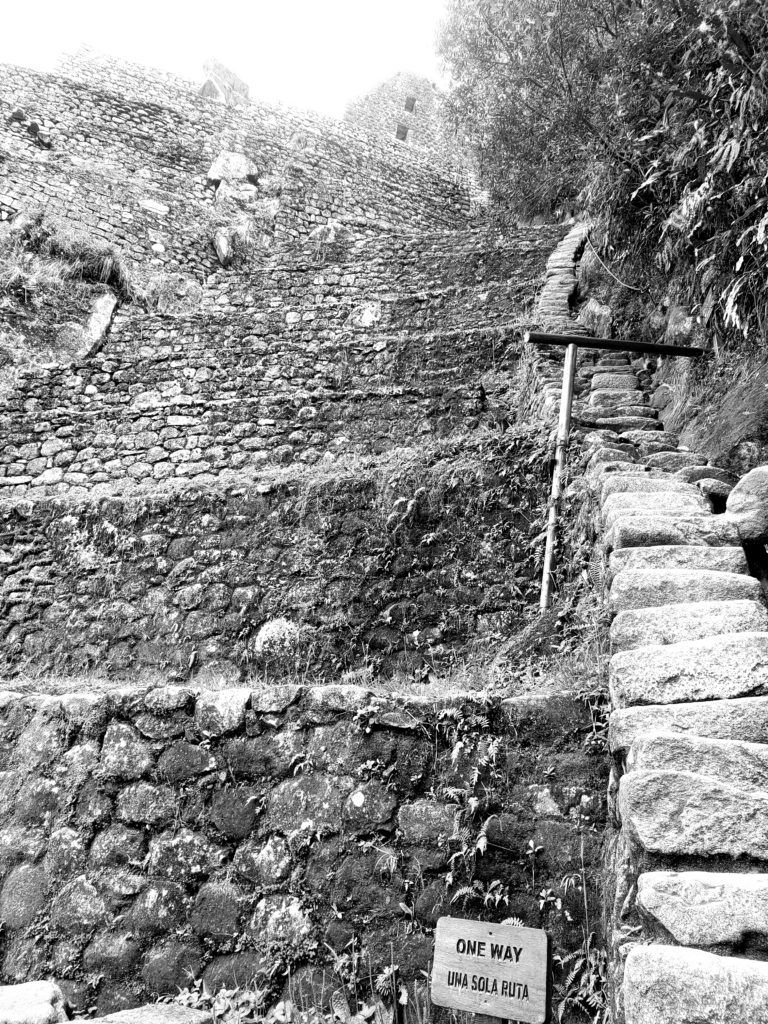

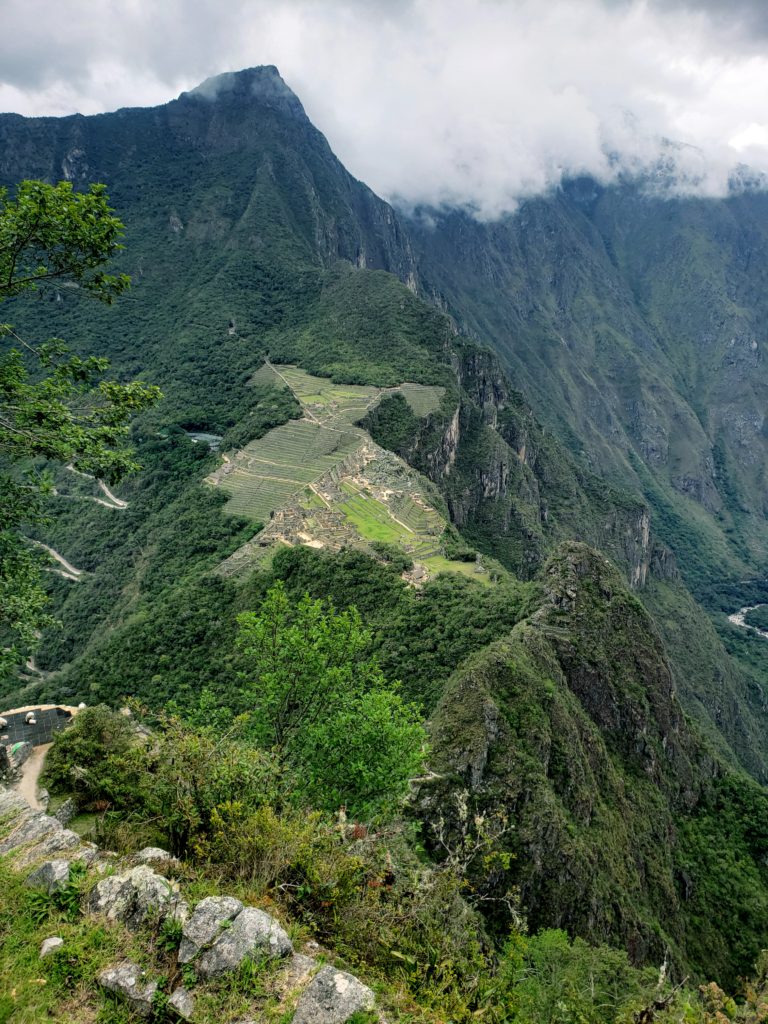
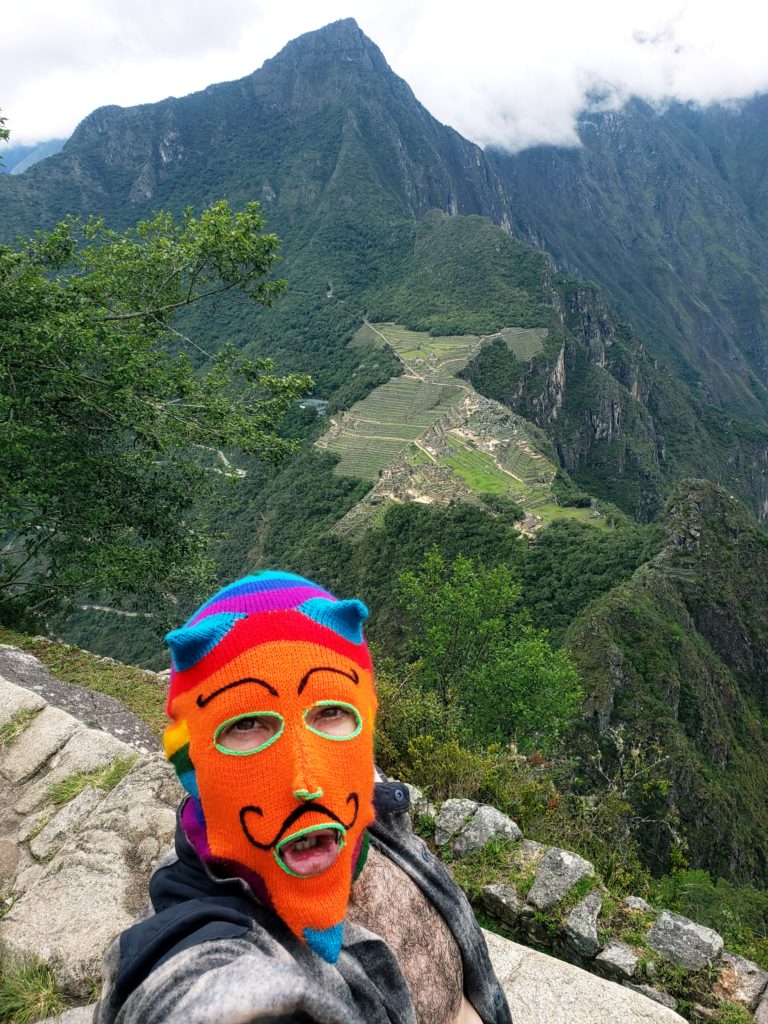

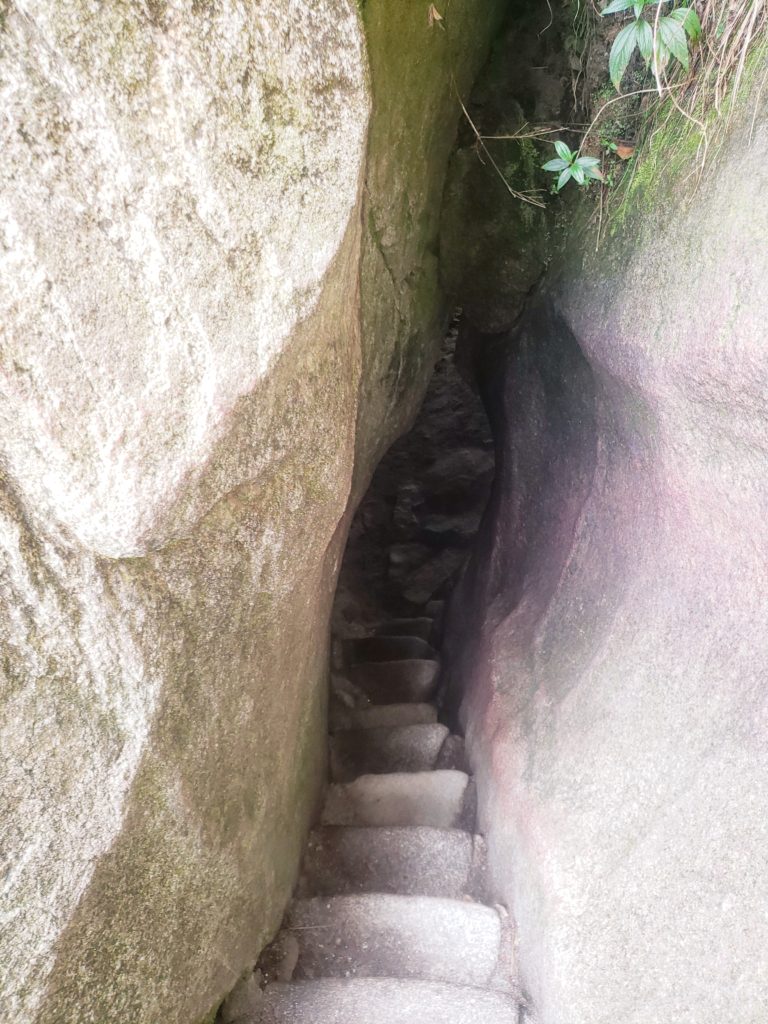


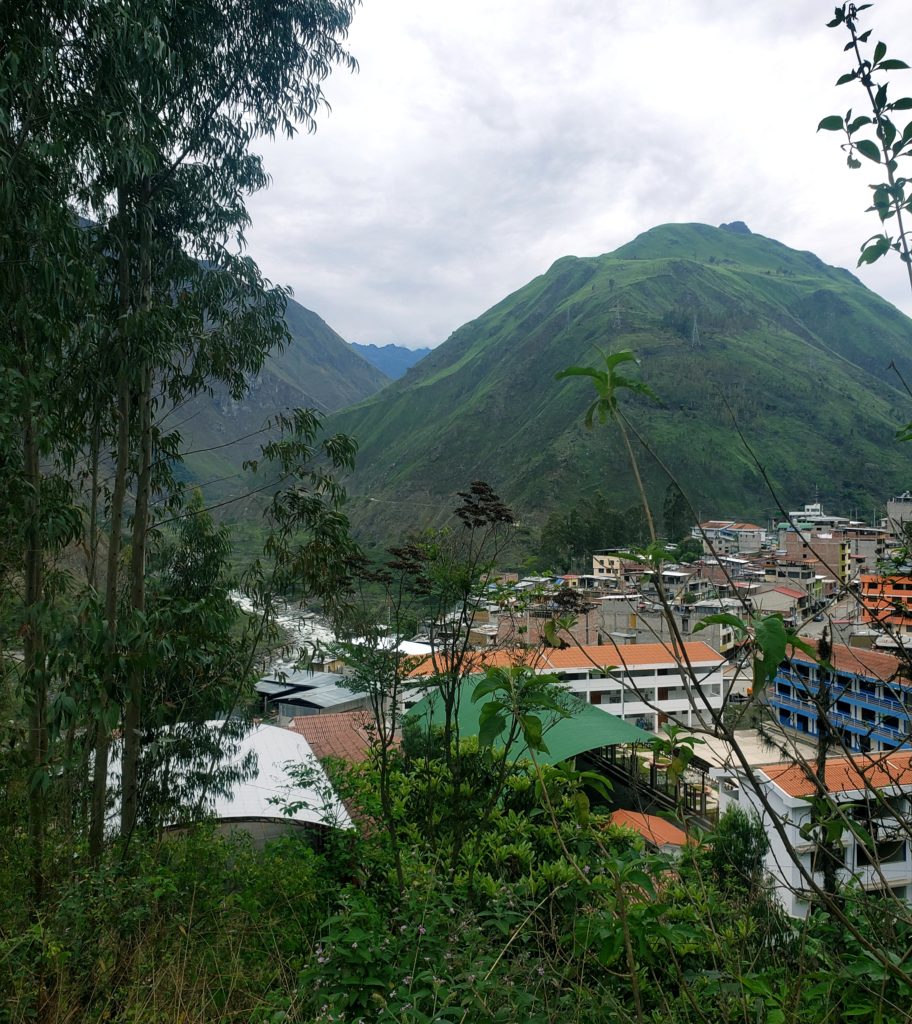
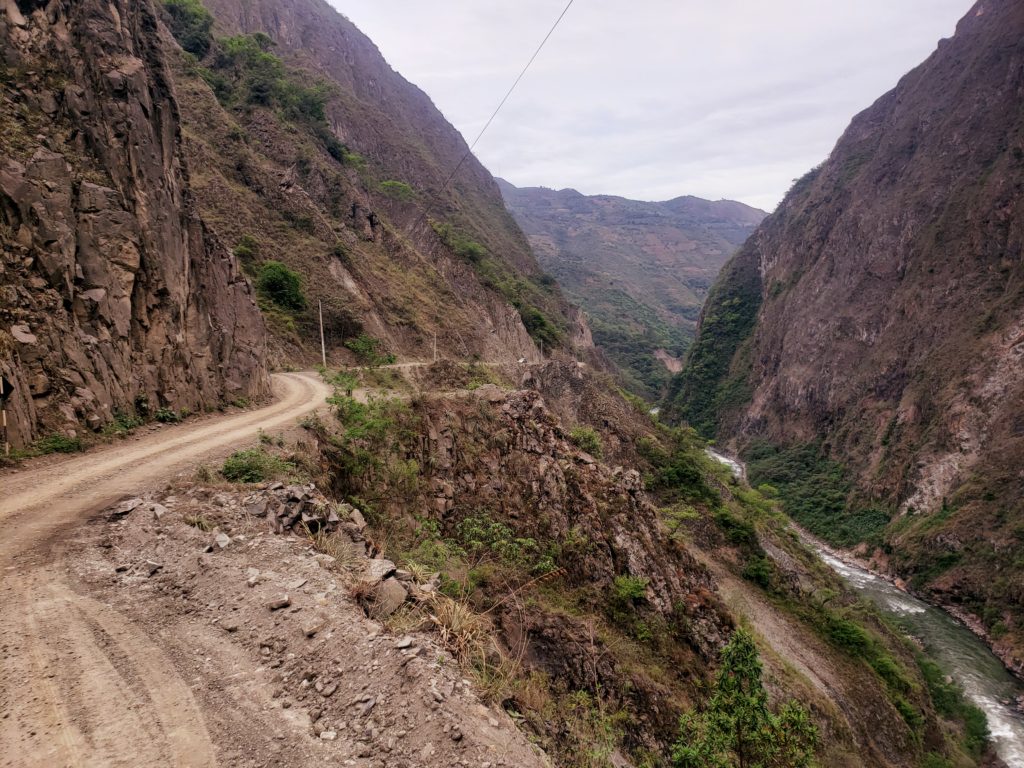
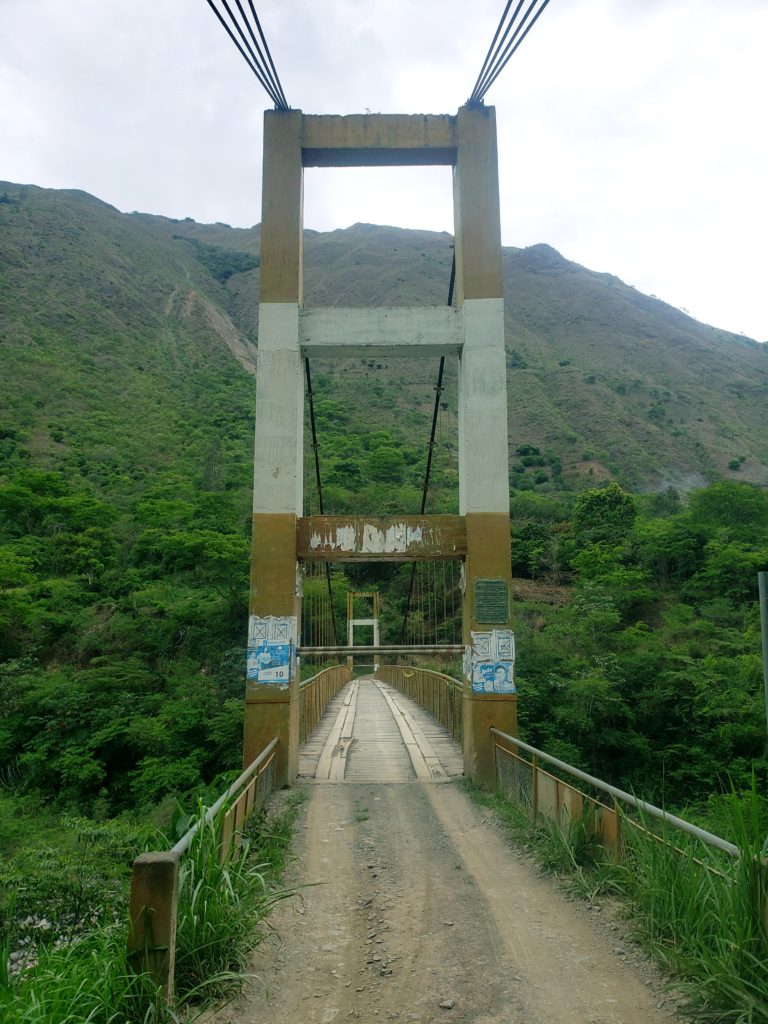
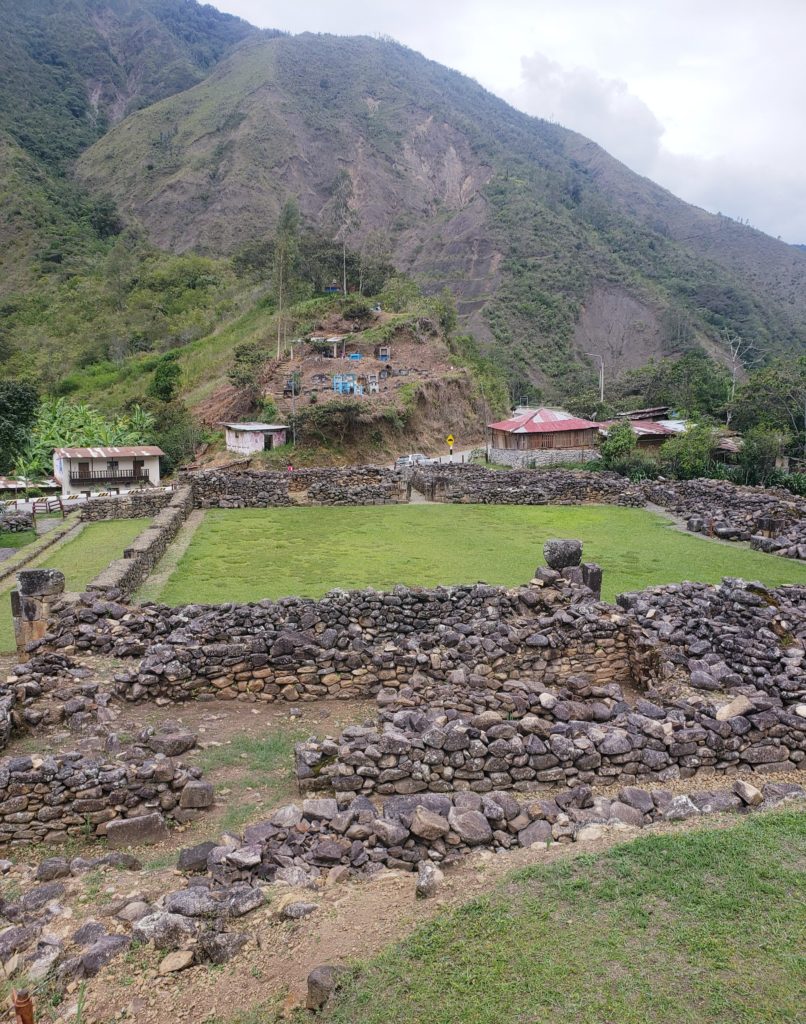
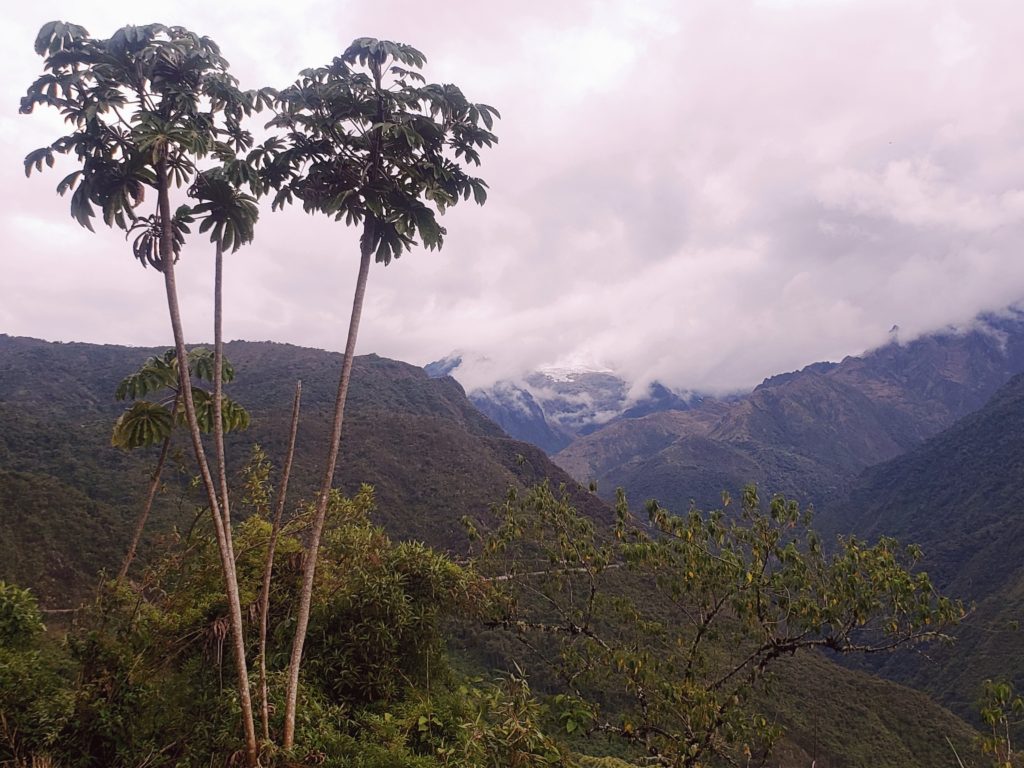
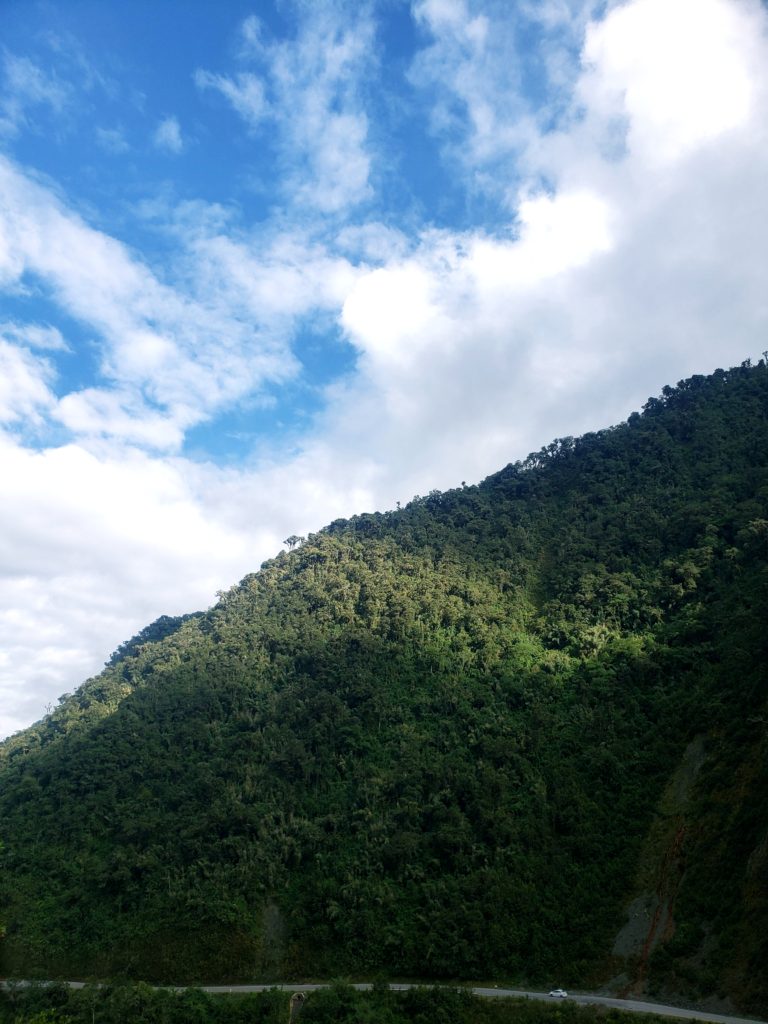
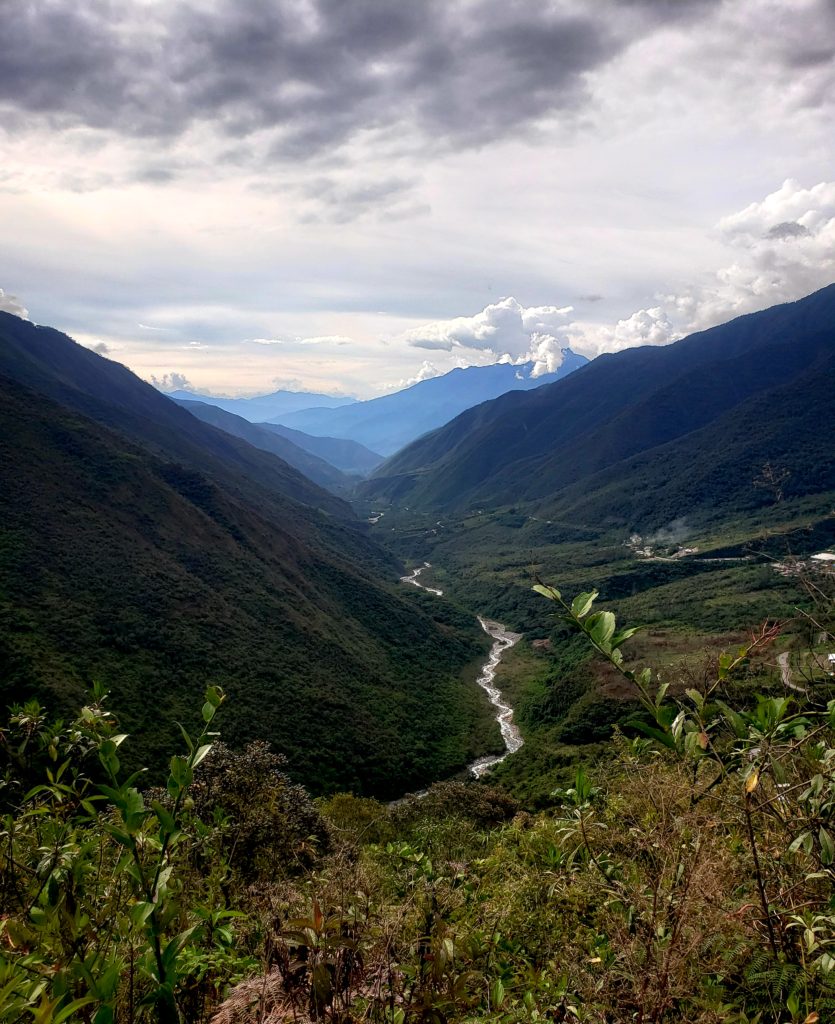
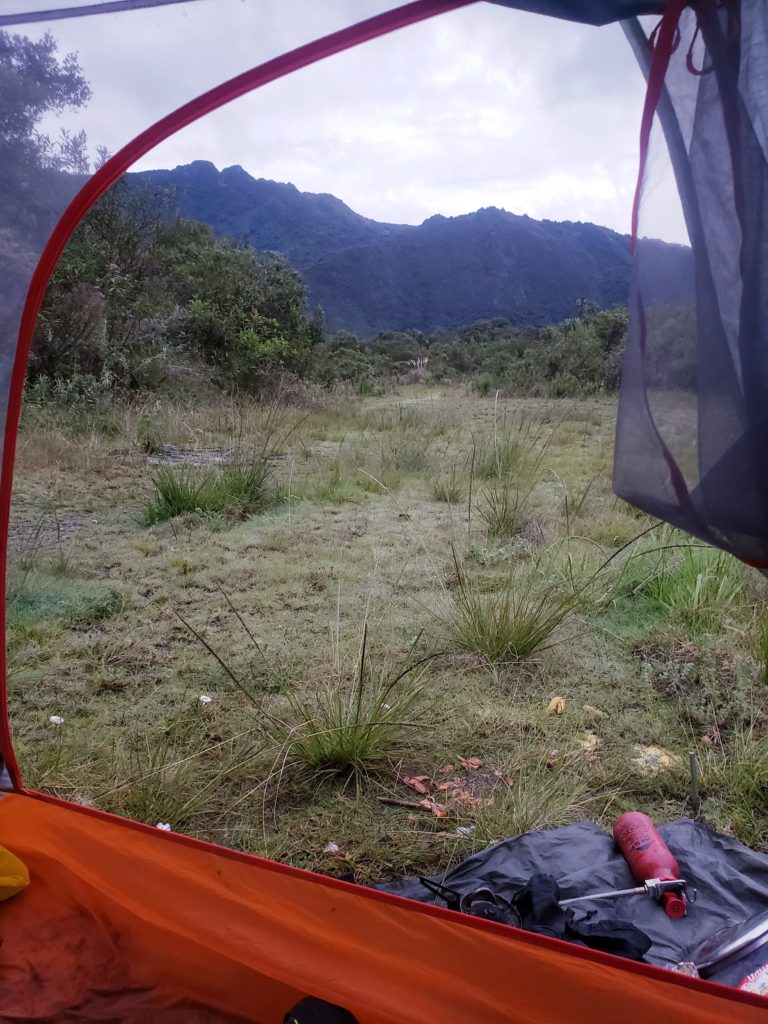
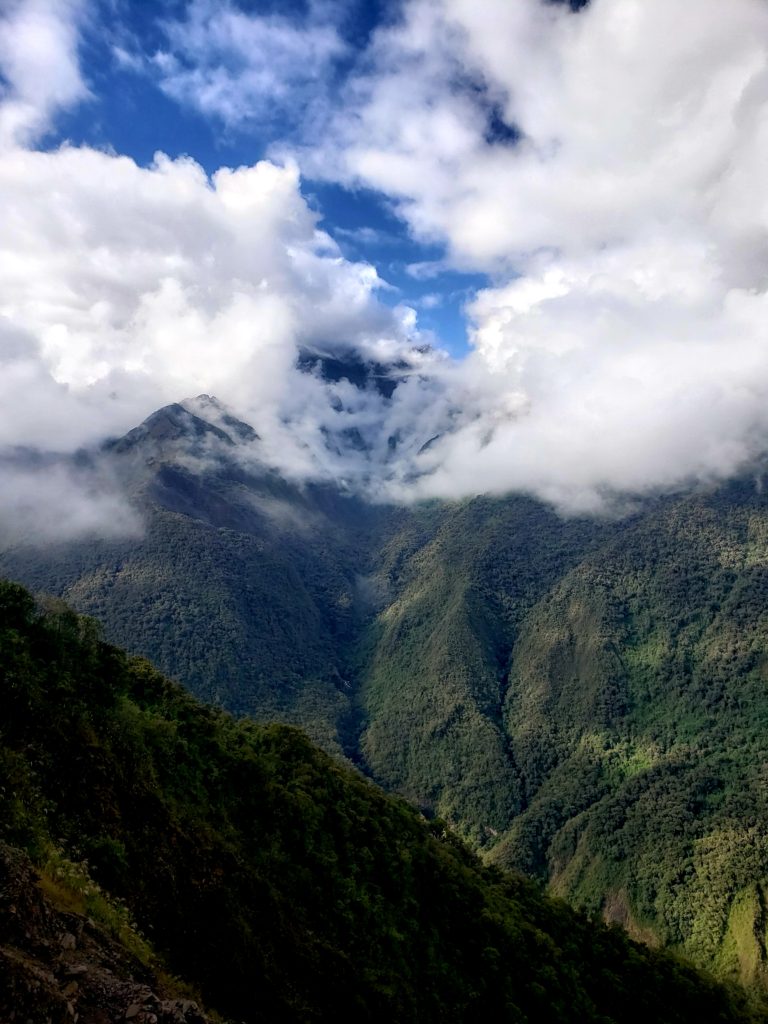
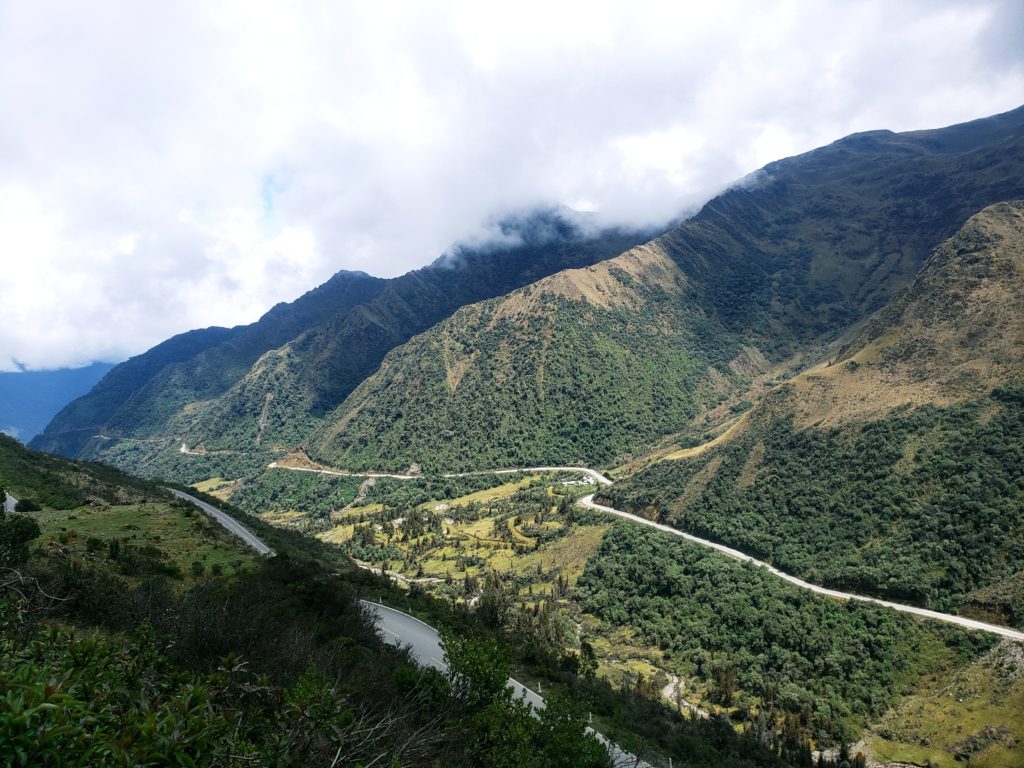


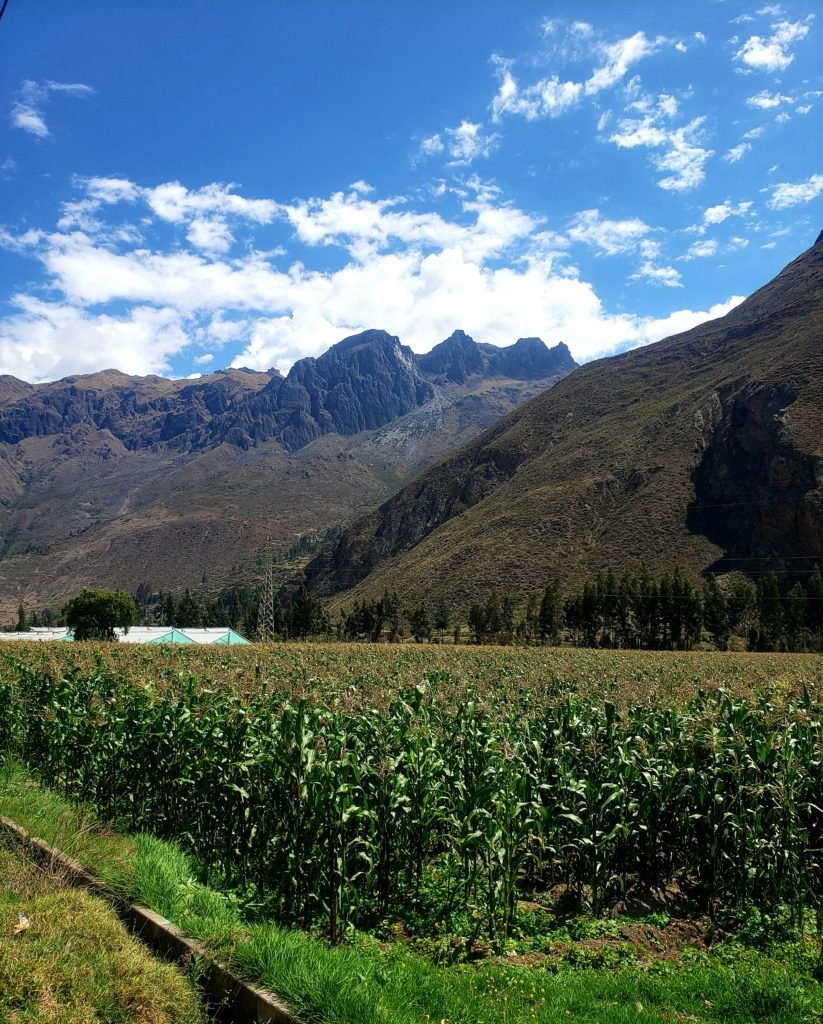
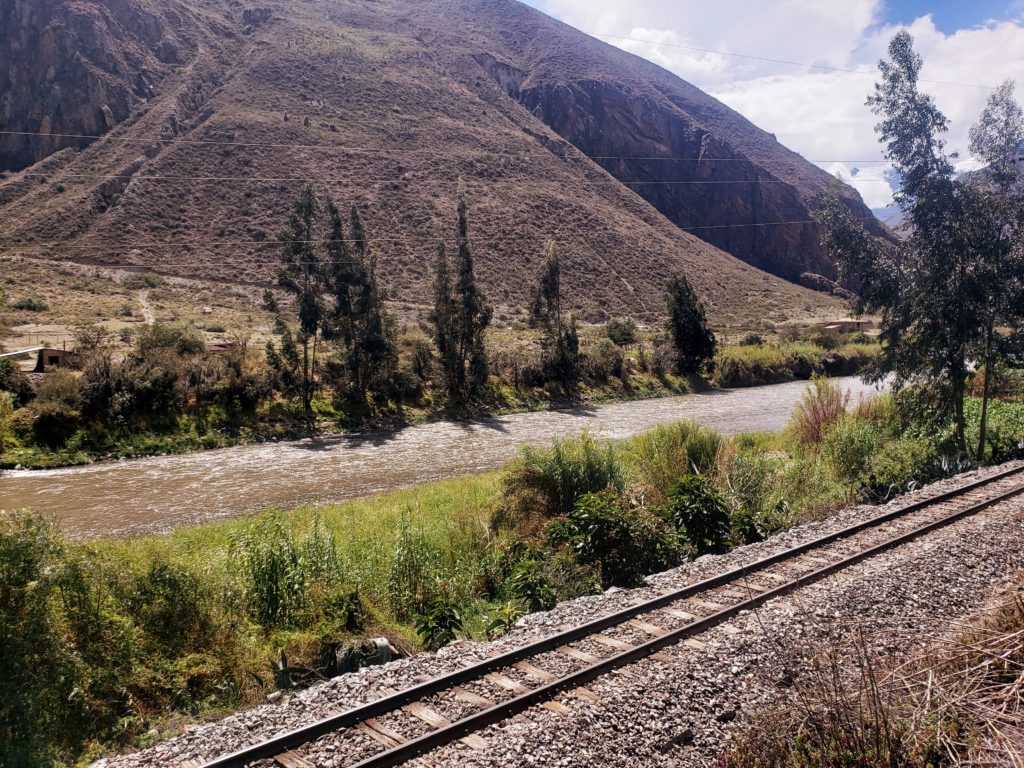
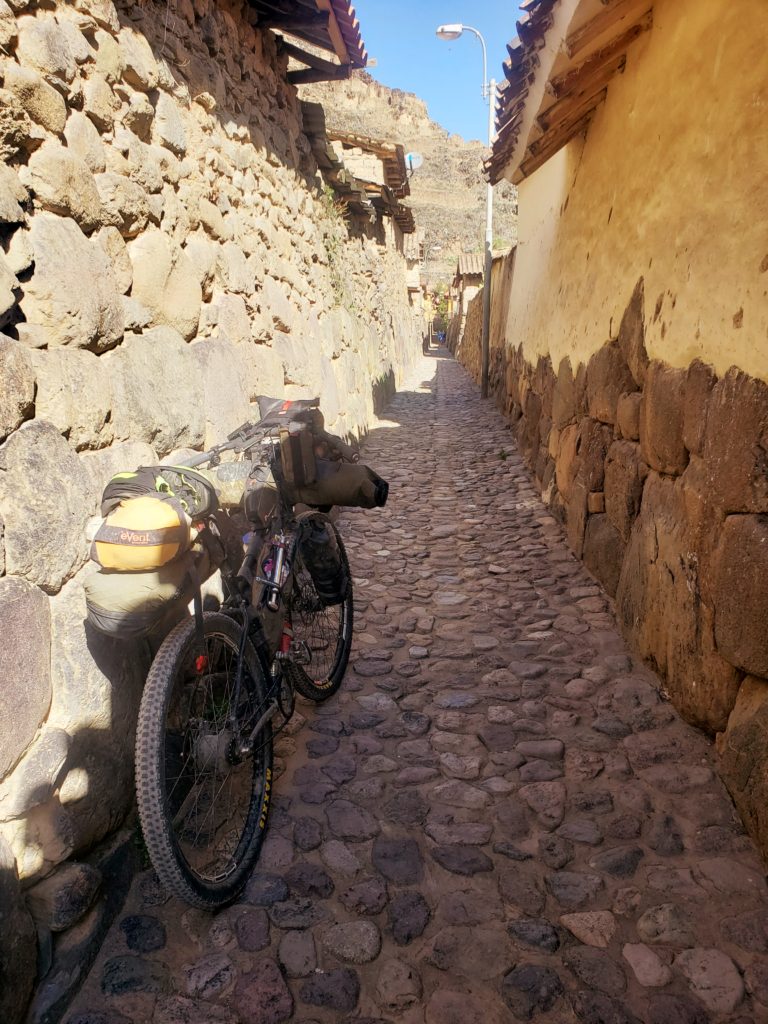
Archives
Calendar
| M | T | W | T | F | S | S |
|---|---|---|---|---|---|---|
| « Mar | ||||||
| 1 | 2 | 3 | 4 | |||
| 5 | 6 | 7 | 8 | 9 | 10 | 11 |
| 12 | 13 | 14 | 15 | 16 | 17 | 18 |
| 19 | 20 | 21 | 22 | 23 | 24 | 25 |
| 26 | 27 | 28 | 29 | 30 | 31 | |